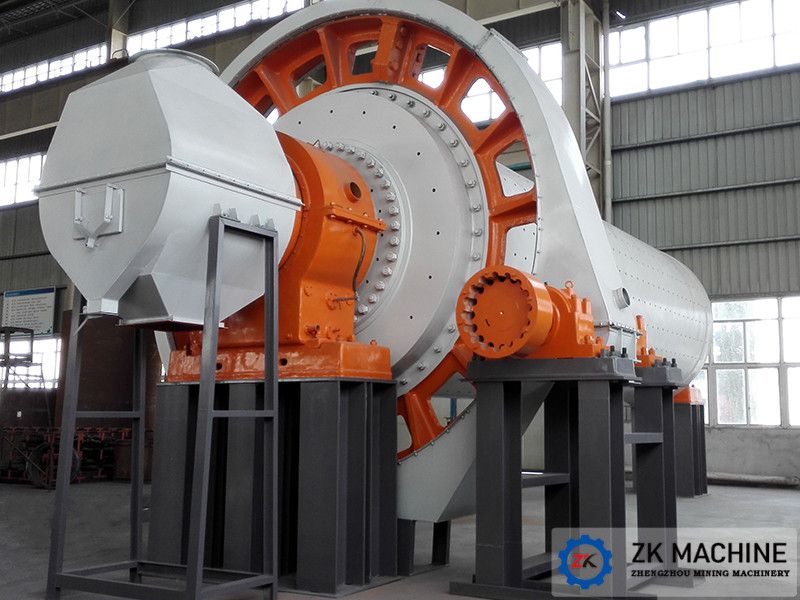Factors Affecting the Capacity of Ball Mills

The capacity of ball mills is influenced by multiple factors, primarily including the following aspects:
1. Material Characteristics
1.1 Particle Size
The smaller the particle size of the material fed into the mill, the less crushing and grinding work the ball mill needs to perform, resulting in relatively higher productivity. Conversely, if the particle size of the feed material is too large, it will increase the grinding time and energy consumption of the ball mill, reducing its productivity.
1.2 Hardness
Harder materials require more energy for grinding in a ball mill, increasing the difficulty of grinding and limiting productivity. For example, grinding iron ore, which has a higher hardness, typically yields lower productivity compared to grinding limestone, which is softer.
1.3 Moisture Content
Materials with high moisture content are prone to sticking to the grinding media and liners inside the ball mill, reducing grinding efficiency. Additionally, they may cause material blockages, further decreasing productivity.
2. Equipment Parameters
2.1 Mill Rotation Speed
The rotation speed of the mill affects the motion state of the grinding media and the grinding effect. If the speed is too low, the grinding media will not be lifted high enough, resulting in weak impact and grinding on the materials. Conversely, if the speed is too high, the centrifugal force on the grinding media will be excessive, causing them to adhere to the inner wall of the mill and lose their grinding function. Only within an appropriate speed range can the grinding media achieve the best impact and grinding effect on the materials, thereby enhancing productivity.
2.2 Mill Diameter and Length
A larger mill diameter provides more movement space for the grinding media, increasing the impact energy on the materials, which is conducive to improving grinding efficiency and productivity. Increasing the length of the mill extends the residence time of materials inside, enabling more thorough grinding and also enhancing productivity.
2.3 Grinding Media
The material, shape, size, and loading amount of the grinding media all impact the productivity of the ball mill. Grinding media made of high-hardness and wear-resistant materials can maintain their shape and size during the grinding process, improving grinding efficiency. Different shapes of grinding media, such as spherical and cylindrical, have varying grinding and impact effects on materials. The size of the grinding media should be selected rationally according to the particle size and hardness of the materials. Generally, larger-sized grinding media are suitable for crushing larger particles, while smaller-sized ones are used for fine grinding. Moreover, the loading amount of the grinding media needs to be appropriate. Too little loading leads to insufficient grinding capacity, while too much loading increases the mill's load, reduces its rotation speed, and affects grinding efficiency.
3. Operating Conditions
3.1 Feeding Rate
A reasonable feeding rate is crucial for ensuring the productivity of the ball mill. If the feeding rate is too low, the grinding media will rotate idle, wasting energy and resulting in low productivity. If the feeding rate is too high, materials will accumulate inside the mill, preventing the grinding media from functioning effectively, reducing grinding efficiency, and potentially causing a "full mill" condition, which significantly decreases productivity.
3.2 Ventilation
Good ventilation can promptly remove water vapor and fine powders from the mill, preventing material adhesion and blockages, and improving grinding efficiency. Additionally, ventilation helps lower the temperature inside the mill, avoiding changes in material properties and equipment failures caused by excessive temperatures, thus contributing to increased productivity.
3.3 Liner Type
Different types of liners have an impact on the productivity of ball mills. Smooth liners have a weaker lifting effect on the grinding media, making them suitable for the fine grinding stage. Liners with structures like stepped liners and corrugated liners have stronger lifting capabilities, allowing the grinding media to gain greater drop heights, enhancing the impact and grinding of materials, and are beneficial for improving productivity, often used in the rough grinding stage.

